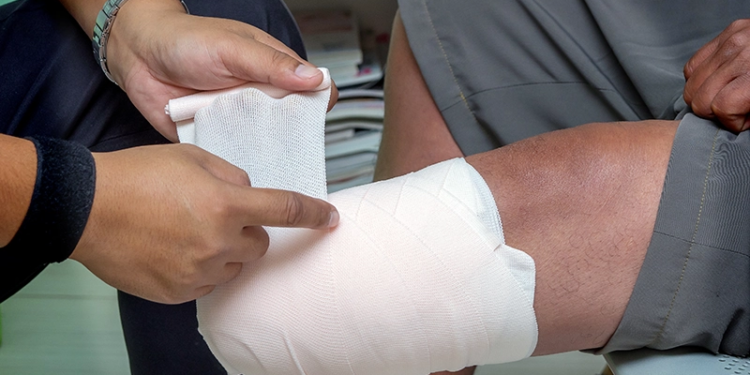Conventional neural probes are designed to record a single type of signaling, limiting the information that can be derived from the brain at any point in time, but researchers at the Massachusetts Institute of Technology (MIT) may have found a way to change that. Their work has implications for neurally controlled prosthetic devices.

Christina Tringides, a senior at MIT and member of the research team, holds a sample of the multifunction fiber produced using the group’s new methodology.
Photograph courtesy of MIT.
By producing complex multimodal fibers less than the width of a hair, the researchers created a system that could deliver optical signals and drugs directly into the brain, and a simultaneous electrical readout to continuously monitor the effects of the various inputs and enable precision mapping of neural activity. The new technology is described in a paper published online January 19 in the journal Nature Biotechnology, written by MIT’s Polina Anikeeva, PhD, AMAX assistant professor in materials science and engineering, and ten others.
In addition to transmitting different kinds of signals, the new fibers are made of polymers that closely resemble the characteristics of neural tissues, allowing them to stay in the body much longer without harming the delicate tissues around them, according to Anikeeva.
Her team made use of novel fiber-fabrication technology pioneered by MIT professor of materials science and paper co-author Yoel Fink, PhD, and his team, for use in photonics and other applications. The technology comprises an arrangement of channels within the fiber: optical waveguides to carry light, hollow tubes to carry drugs, and electrodes that can carry electrical signals.
The result, Anikeeva explained, is the fabrication of polymer fibers “that are soft and flexible and look more like natural nerves.” Devices currently used for neural recording and stimulation, she says, are made of metals, semiconductors, and glass, and can damage nearby tissues during ordinary movement.
“It’s a big problem in neural prosthetics,” Anikeeva says. “They are so stiff, so sharp-when you take a step and the brain moves with respect to the device, you end up scrambling the tissue.”
Editor’s note: This story was adapted from materials provided by MIT.




